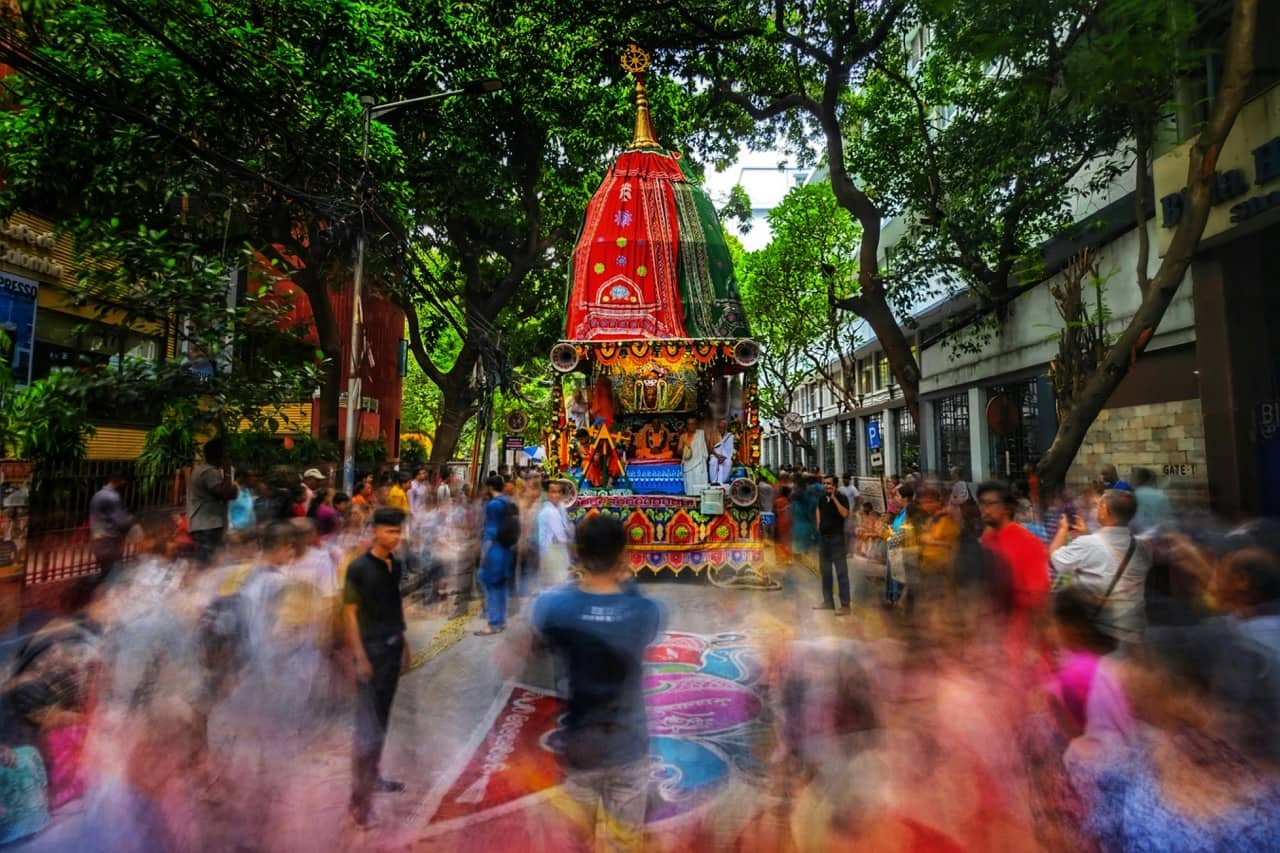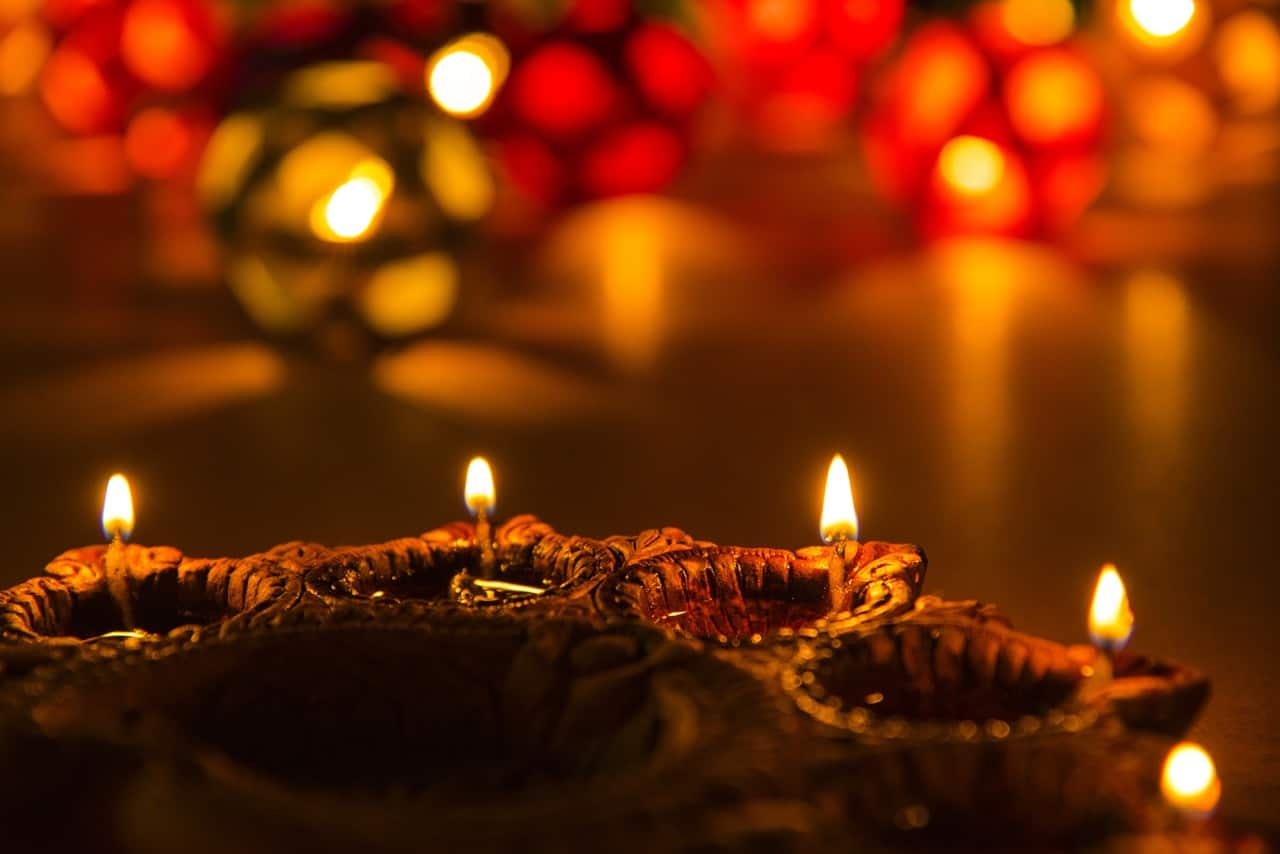Ahmedabad, Gujarat's cultural and economic heart, is a perfect amalgamation of culture and contemporary lifestyle. The city boasts many tourist attractions, including historical monuments, architectural marvels, and cultural landmarks. One of the most famous attractions in Ahmedabad is the Sabarmati Ashram, also known as Gandhi Ashram. The city is also home to the stunning Adalaj Stepwell, a unique example of ancient Indian architecture. Other must-visit places include the Sidi Saiyyed Mosque, Kankaria Lake, and the Jama Masjid. The unique blend of heritage, spirituality, and modernity makes Ahmedabad tourism an enriching and memorable experience. The Ahmedabad travel guide provides valuable insights into the city's attractions, dining options, and shopping places, ensuring a fantastic trip for visitors.
How to reach Ahmedabad
- By air: Sardar Vallabhbhai Patel International Airport is the primary airport located 16 km from the city’s centre. It handles all flights to Ahmedabad and from it. The airport consists of one domestic, one international, one cargo, and an additional terminal for secondary traffic.
- By train: Ahmedabad Junction, the central railway station, connects the city to major Indian cities, including Delhi, Mumbai, Jaipur, and Bangalore. Efficient rail services provide a comfortable journey for travellers.
- By bus: A well-developed network of national and state highways ensures seamless road connectivity to Ahmedabad. Regular bus services operate from nearby cities, making it easily accessible by road.
- Getting around/local transport in Ahmedabad: Navigate Ahmedabad effortlessly with various transportation options. Auto-rickshaws, cycle-rickshaws, taxis, and app-based cab services are readily available, offering convenient ways to explore the city's attractions and markets.
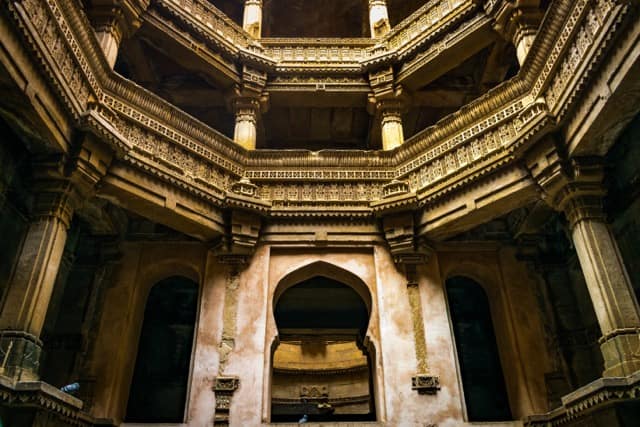
Adalaj Stepwell
A stunning example of ancient Indian architecture, Adalaj Stepwell is known for its impressive design.
Exploration time: 1 hour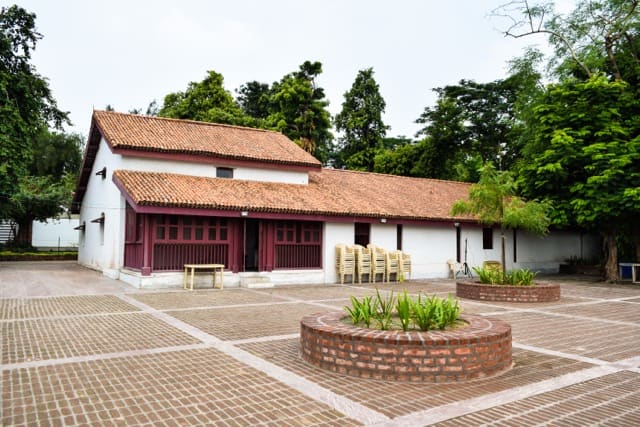
Sabarmati Ashram
Exploration time: 1-2 hours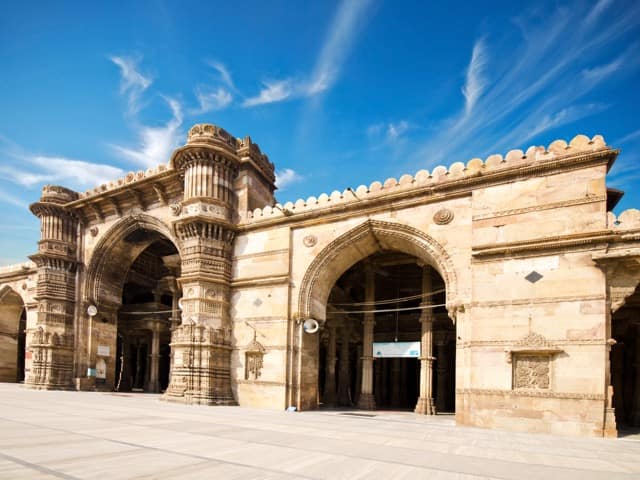
Jama Masjid
Exploration time: 1-2 hours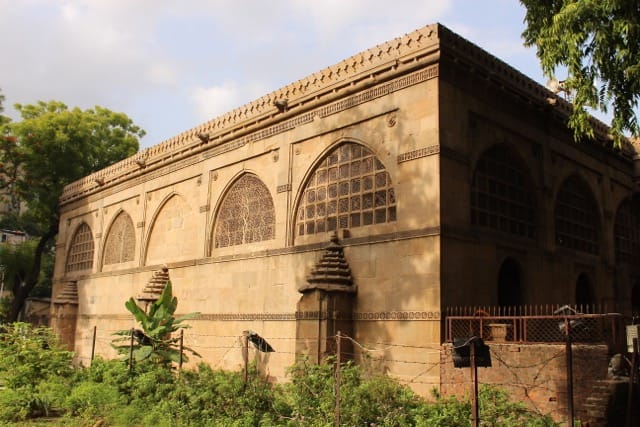
Sidi Saiyyed Mosque
Exploration time: 1 hour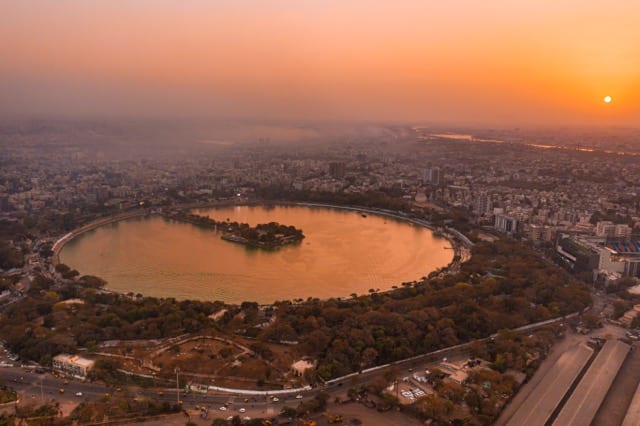
Kankaria Lakefront
Exploration time: 2-3 hours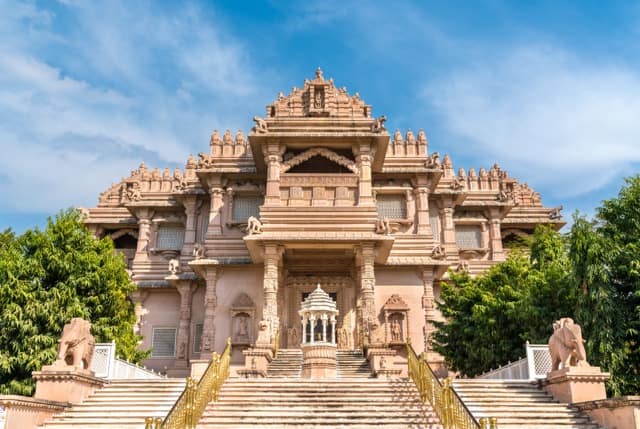
Akshardham Temple
Exploration time: 1-2 hoursPlaces to eat
Ahmedabad offers various dining options, from traditional Gujarati cuisine to international flavours. Here are some popular restaurants in Ahmedabad:
Things To Do
Ahmedabad is a city rich in history, culture, and architecture. Here are some things you can do while visiting:
Best time to visit
The best time to visit the city is during the winter months (October to March) when the weather is pleasant for sightseeing.
Most commonly spoken languages
While Gujarati is the most commonly spoken language, residents are proficient in English and Hindi, contributing to effective communication on both local and international levels.
For those who prefer the charm of street shopping and bustling markets, Ahmedabad offers many options. Here are some famous street shopping places in the city:
Where to shop
- Lal Darwaja: Known for its vibrant atmosphere, Lal Darwaja is a bustling market offering many items such as clothing, accessories, and traditional Gujarati handicrafts. It's a lively spot to explore the local culture and pick up unique finds.
- Law Garden Night Market: Located near the Law Garden, this night market is famous for its handicrafts, jewellery, and traditional Gujarati attire. Open in the evening, it's an ideal place for a stroll and shopping under the city lights.
- Dhalgarwad: Dhalgarwad is a historical market in the heart of the old city, offering a mix of traditional and contemporary items. It's known for its antique shops, clothing boutiques, and local street food stalls.
- Manek Chowk: Famous for its diverse offerings, Manek Chowk transforms from a bustling jewellery market during the day to a vibrant street food hub at night. It is a unique spot to shop and indulge in delicious local snacks.
Ahmedabad is known for its vibrant festivals, which reflect the city's rich cultural heritage and traditions. Some of the major festivals celebrated in Ahmedabad include:
More reasons to visit
Ahmedabad has a lot to offer, and here are some more reasons why you should consider visiting this wonderful city:
- Sarkhej Roza: Sarkhej Roza is a complex of tombs and mosques known for its stunning architecture and serene surroundings. Built in the 15th century, it features beautiful Islamic architectural elements, including intricate carvings and domes. The complex reflects the region's rich cultural heritage and is a famous historical site.
- Jhulta Minara (Swinging Minarets): Jhulta Minara, or the Swinging Minarets, are a unique architectural marvel in Ahmedabad. The minarets are known for their mysterious engineering, where shaking one minaret causes the other to vibrate. The reason behind this phenomenon, which adds to the allure of these historic structures, is yet to be discovered.
- Textile Hub: The city is known for its textiles, and a visit to Ahmedabad would be incomplete without exploring its textile markets and museums. The Calico Museum of Textiles, in particular, is a must-visit for anyone interested in India's textile heritage.









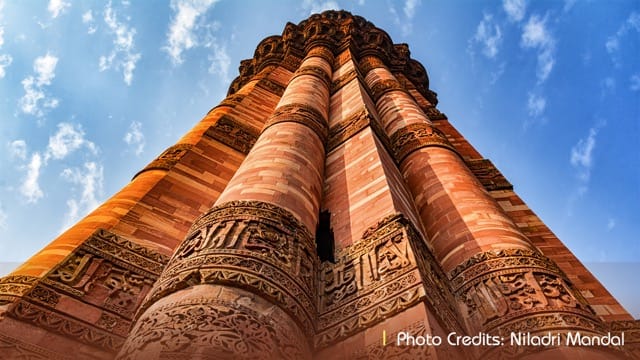
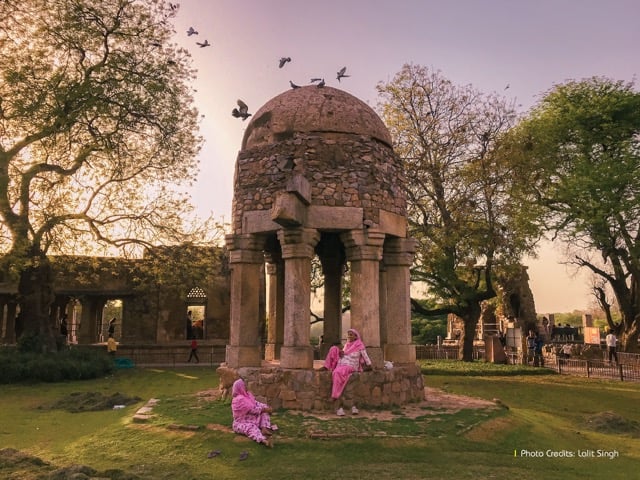
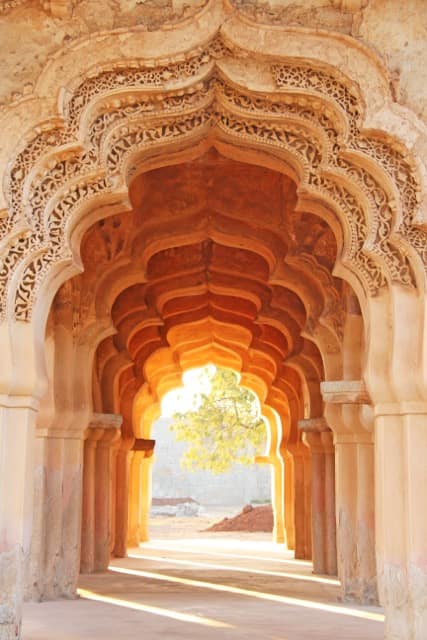
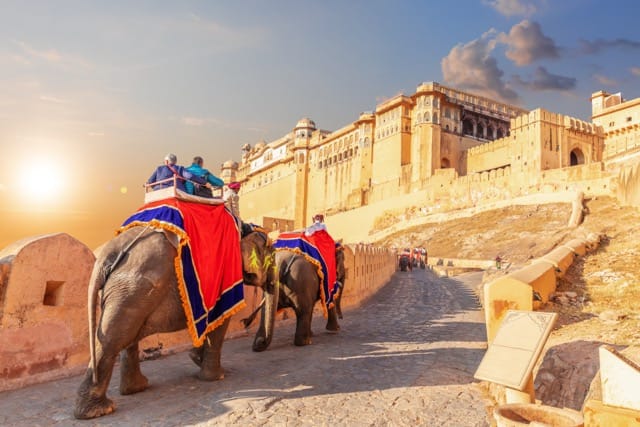
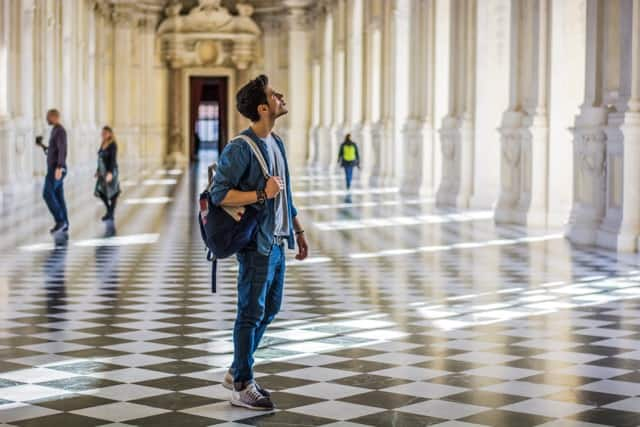
%20Large.jpeg)


